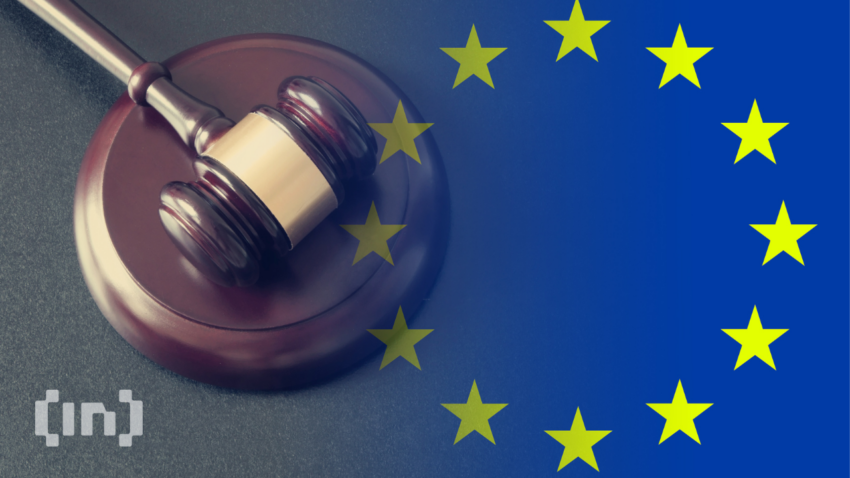The European Union is preparing to deploy MiCA, a raft of sweeping regulations that could severely curtail the crypto industry in the region.
The European Union’s Markets in Crypto Assets (MiCA) bill was finalized in September. European Parliament officials voted 28 to 1 in favor of the legislation in October and it needs to pass one final vote.
The sweeping bill covers everything from stablecoins to crypto mining to nonfungible tokens (NFTs) to money laundering. However, there are also clauses buried within it that could affect crypto influencers.
On Nov. 1, Circle’s EU strategy and policy director Patrick Hansen dug out one of these clauses. According to the small print, crypto influencers commenting on social media without disclosure could be in trouble. If they are deemed to profit from the effects of their actions, it will be considered market manipulation in the EU once MiCA is in force, he noted.
The big EU crypto cleanup
The terminology is vague but it could include memes such as Elon Musk’s Doge-Twit image that has been doing the rounds. The reaction was mixed with some questioning why the same rules didn’t apply to other assets.
However, those in favor said that there should be more transparency from crypto influencers and coin shillers.

How it will be monitored and enforced is also unclear. Nevertheless, what is apparent is that the EU is about to make things much harder for the crypto industry and all associated with it.
Regulators are confident that this is a move forward that will make the region more attractive for the crypto industry. On Nov. 2, MiCA rapporteur Stefan Berger said that these regulations are necessary if “Europe wants to be a big player in the crypto game,”
MiCA under the microscope
MiCA is coming down hard on DeFi in the name of consumer protection. However, this could simply turn it into TradiFi, centralizing and controlling all aspects of the sector.
It also aims to regulate stablecoins and their issuance and crypto asset service providers (CASPs). This would clear the path for fully regulated exchanges and brokers and possibly prevent fraudulent activities.
The bill introduces three sub-categories of crypto assets. These are based on whether the token seeks to stabilize its value in relation to other assets.
Furthermore, it is touting the consumer protection card but the real motivation behind MiCA is money laundering prevention. To do so, it aims to bring crypto company regulations in line with the same framework governing banks. MiCA is unlikely to be made law until 2024.
 beincrypto.com
beincrypto.com